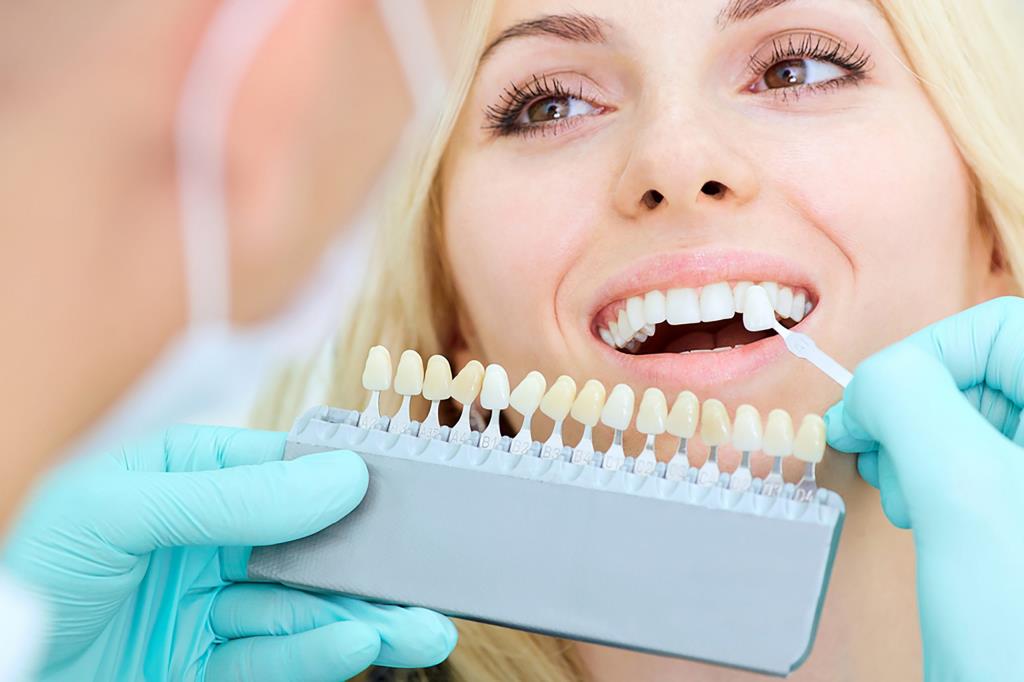A bright and white smile is something that many people desire. Teeth whitening technology has been gaining popularity in recent years as a way to achieve this goal. There are many different methods available, ranging from simple at-home remedies to more complex procedures performed by dental professionals. In this article, we will explore the various types of teeth whitening technology available and how they work to give you a brighter smile.
One of the most common questions people ask is “does hydrogen peroxide whiten teeth?” The answer is yes, hydrogen peroxide is a commonly used ingredient in many teeth whitening products. It works by breaking down the stains on the teeth and helping to remove them. Hydrogen peroxide is often used in combination with other ingredients to create a whitening solution that can be applied to the teeth. These solutions come in various forms, including gels, strips, and trays.
One of the most popular types of teeth whitening technology is whitening toothpaste. Many people start with this option because it is readily available and easy to use. Whitening toothpaste works by using abrasives to scrub away surface stains on the teeth. Some brands of toothpaste also contain hydrogen peroxide to help remove deeper stains. While this is a convenient option, it may not provide the same level of whitening as other methods.
Another option for at-home teeth whitening is teeth whitening strips. These are thin strips that are coated with a peroxide-based gel. The strips are placed on the teeth and left in place for a specific amount of time, typically around 30 minutes. Over time, the peroxide gel works to break down the stains on the teeth and whiten them. While this option is more effective than whitening toothpaste, it may take longer to see results.
Teeth whitening gels used by dentists are another option for achieving a brighter smile. These gels contain a higher concentration of peroxide than over-the-counter products, which makes them more effective at removing stains. The gel is applied to the teeth using a custom-made tray that fits over the teeth. The tray is worn for a specific amount of time, depending on the strength of the gel. This method can provide noticeable results in a relatively short amount of time.
In-office teeth whitening procedures are also available. These procedures are performed by dental professionals and can provide the most dramatic results. During the procedure, a high-concentration peroxide gel is applied to the teeth. A special light is then used to activate the gel, which helps to break down the stains on the teeth. The procedure typically takes around an hour and can provide immediate results. While this option is more expensive than other methods, it is often the most effective.
Regardless of which teeth whitening method you choose, it is important to understand that the results are not permanent. Over time, the stains will begin to reappear, and you may need to repeat the process to maintain your bright smile. Additionally, some people may experience tooth sensitivity or gum irritation as a side effect of teeth whitening. If you experience these symptoms, it is important to stop the whitening treatment and consult with your dentist.
In conclusion, teeth whitening technology has come a long way in recent years, providing a range of options to achieve a brighter smile. Whether you choose to use an at-home product or undergo an in-office procedure, it is important to understand the risks and benefits of each method. By taking proper care of your teeth and consulting with your dentist, you can achieve a bright, white smile that will make you feel confident and happy. And remember, the best whitening toothpaste or gels used by dentists can be effective but still need to be used properly and regularly to achieve the best results.

